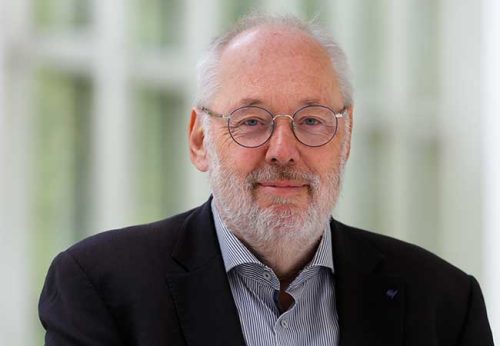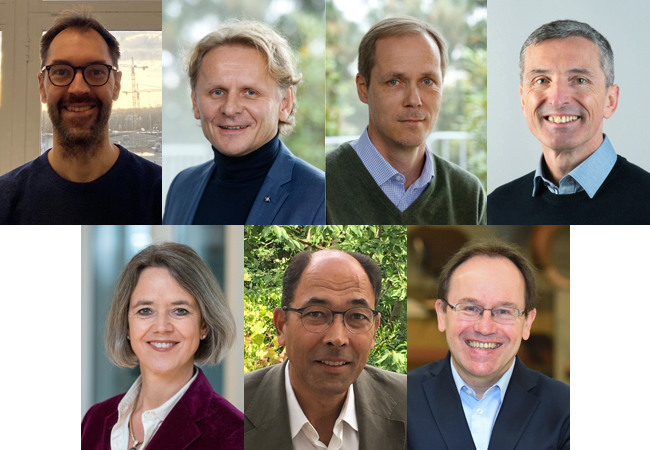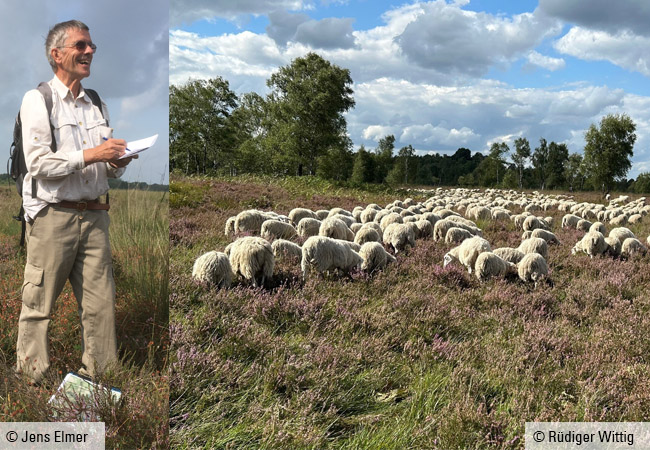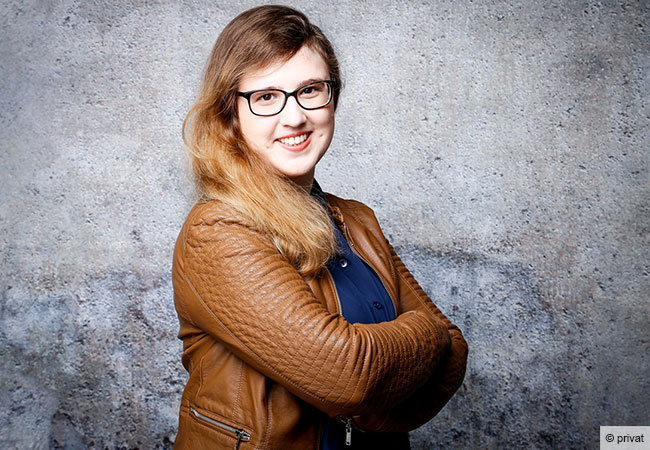The German National Academy of Sciences Leopoldina has elected Prof. Volker Müller, head of the department of Molecular Microbiology and Bioenergetics at Goethe University Frankfurt, as a new member of its Microbiology and Immunology section. Leopoldina is the world’s oldest scientific-medical academy; it represents German science abroad and advises politicians and the public. New members are nominated on the basis of their outstanding scientific achievements and elected to the Academy as part of a multi-stage process.

Congratulating Professor Müller on the appointment on behalf of Goethe University’s entire executive board, university president Professor Enrico Schleiff said: “Volker Müller is an exceptional scientist and a world-leading authority in microbiology. His work spans a wide range: From the origin of life, the biochemistry and bioenergetics of the first metabolic pathways on Earth, the way of life of these ancient organisms, all the way to the application of these bacteria to solve the great challenges of our time, such as the fight against climate change, the supply of clean and sustainable energy for mankind, and the fight against infectious diseases. As such, his work has resulted in the development of a hydrogen battery prototype that was exhibited at this year’s Hannover Messe. Other research of his recently revealed highly medically-relevant pathomechanisms of hospital germs. His election to Leopoldina is a greatly deserved honor.”
Founded in 1652 as the German Academy of Sciences Leopoldina, the association was appointed Germany’s National Academy of Sciences in 2008. It is made up of 1,600 outstanding researchers from all over the world; they scientifically review and address key issues of prospective significance for society. The Academy operates irrespective of political and economic objectives. Its findings are conveyed to policy makers and the public alike, and nationally and internationally advocated. “I am extremely pleased about this recognition of my scientific work and look forward to my new tasks in the Academy,” says Müller, who was already admitted to the renowned American Academy of Microbiology last year.
Müller has over 300 publications to his name and is a world-leading expert in the field of carbon dioxide fixation by bacteria and archaea, which do so using hydrogen as an energy source. The organisms live in sediments in the absence of oxygen, for example in lakes or oceans, but are also found in the human intestine. As part of a process known as the Wood-Ljungdahl pathway, they bind molecular hydrogen (H2) to carbon dioxide (CO2) and generate energy in the process. “Given that this is the only one of a total of seven metabolic pathways for CO2 fixation in which energy is obtained, this pathway is considered to be the first metabolic pathway on Earth,” says Müller.
Over the past few years, Müller’s research group has solved how cellular energy is generated in this fundamental metabolic pathway. The researchers discovered new respiratory enzymes, ATP synthases and coupling mechanisms and were able to elucidate the enzymatic mechanisms down to the atomic detail. “These microbes are a real treasure trove for biochemists, and there are still more treasures to be discovered and uncovered,” Müller says enthusiastically.
He used these basic research findings in other research projects on “carbon capture and storage” as well as “carbon capture and utilization”. Among others, his working group reprogrammed the metabolism of bacteria in such a manner that they produce the valuable chemical building blocks lactate, ethanol, butyrate and acetone from CO2, which can contribute to CO2-neutral, sustainable biotechnology.
Müller also developed a biological alternative for the highly topical challenges associated with storing hydrogen as an energy source. “We changed the metabolism of bacteria so they bind hydrogen to CO2 and in turn excrete the liquid, organic hydrogen carrier formic acid. Since this process is reversible, the hydrogen can be recovered from the formic acid.” Based on this work, the research team developed a bio-battery for hydrogen storage, which it presented together with the company Festo at Hannover Messe 2024.
In another field of research, Müller is working on the dangerous human pathogenic bacterium Acinetobacter baumannii. He also led a nationwide German Research Foundation (DFG) research group on the subject. As part of this effort, Müller’s own research group discovered that when under stress, the pathogen falls into a deep sleep, in which it can persist for years. Once the conditions become more favorable again, the pathogen may wake up, potentially posing a threat – which explains the well-known infections that flare up repeatedly either in a patient or in a hospital.
Müller’s work has already received several awards, including most recently an ERC Advanced Grant and a Reinhart-Koselleck project from the DFG.
Background:
[in German] Hannover-Messe: Wasserstoffbatterie mit Knowhow der Goethe-Universität (2024)
€1 million for bacterial research at Goethe University: How bacteria gain energy through CO2 fixation (2022)
Researchers from Goethe University Frankfurt develop new biobattery for hydrogen storage (2022)
Research team from Goethe University discovers Achilles’ heel of dangerous hospital pathogen (2022)













